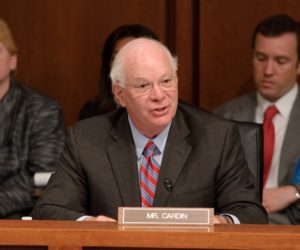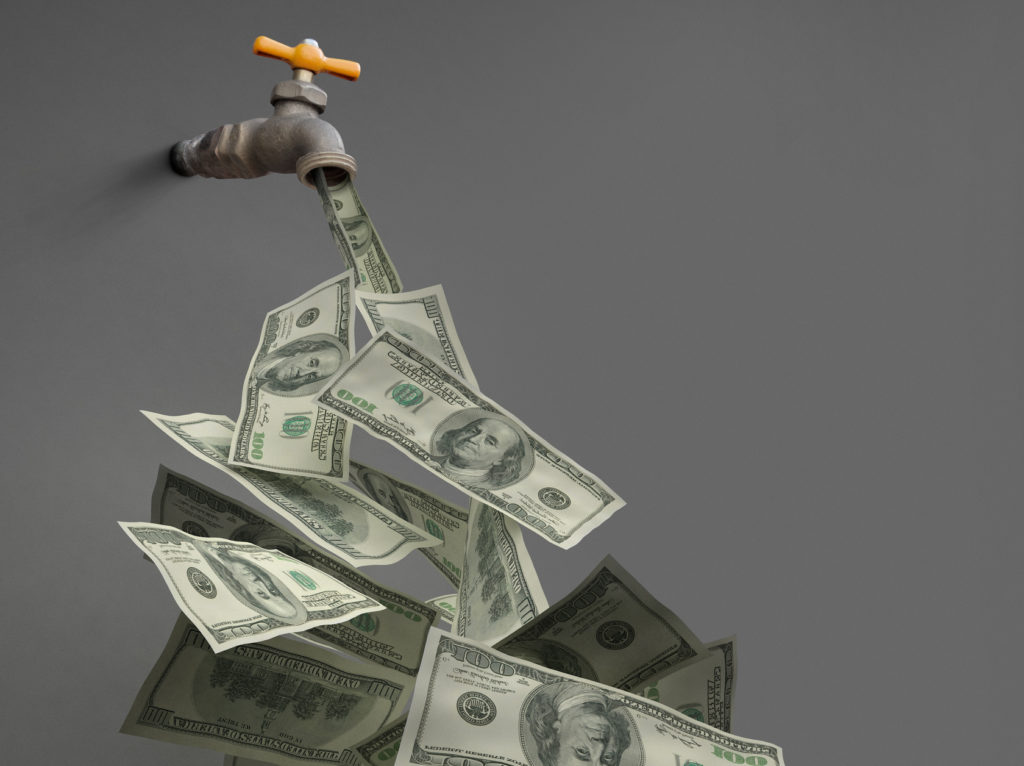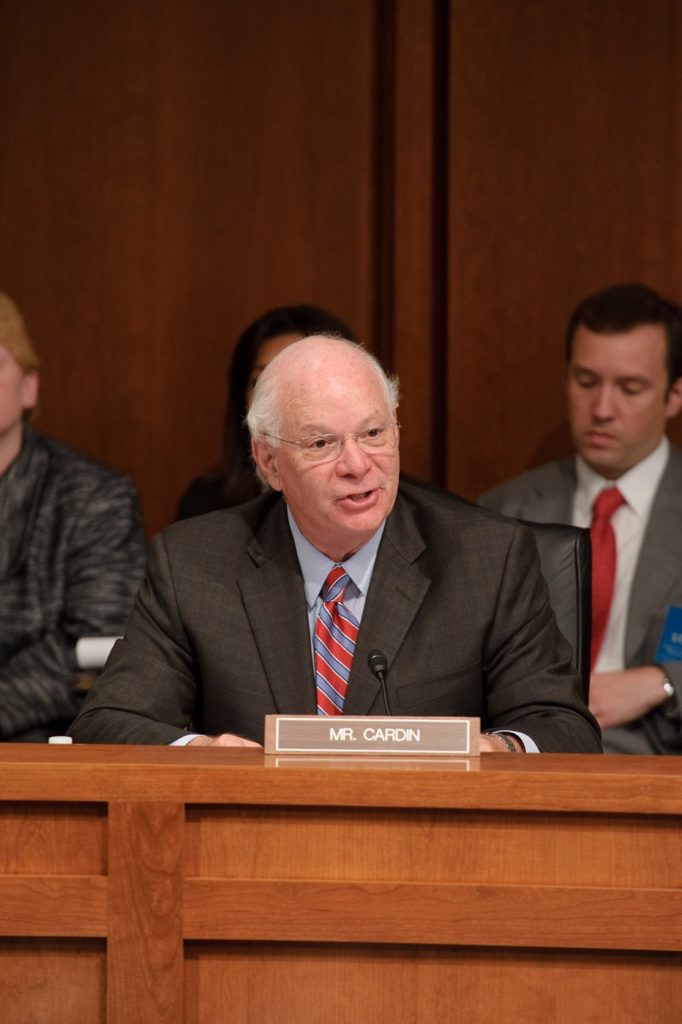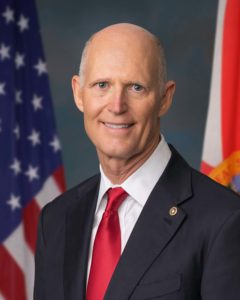
More than $130B left for PPP available for loans through Aug. 8; new stimulus possible
By onBusiness Practices | Market Trends | Repair Operations
Republican President Donald Trump on Saturday signed a bill extending the Paycheck Protection Program another month, offering collision repairers and other small businesses another shot at forgivable low-interest loans.
The $659 billion program launched April 3 and expired June 30 as envisioned in March’s COVID-19 CARES Act relief package. But the economy still remains hindered by governments, businesses and consumers’ coronavirus responses.
A unanimous Senate passed Senate Bill 4116 on June 30, and a unanimous House did the same on July 1.
As of June 30, only about $521.5 billion of the PPP funds had been disbursed in the form of nearly 4.9 million loans by 5,461 lenders. The average loan was $107,000.
S. 4116 moves the deadline from June 30 to Aug. 8.
“When this proposal was passed, plain and simple, the economy everyone thought, might get better sooner,” Senate Majority Leader Chuck Schumer, D-N.Y., said on the Senate floor June 30, according to the congressional record. “It hasn’t, and there are large numbers of businesses that are going to need to apply now. Had this program run out today, they would have been out of luck. Now, with this renewal, in short time, August 8, they at least get the chance to reapply.”
The nearly $660 billion PPP involves 1 percent SBA-guaranteed loans of amounts worth up to about 2.5 months of payroll, capped at $10 million. Individual employee earnings above $100,000 don’t count as payroll when calculating this amount, and the loans are mostly restricted to companies with no more than 500 employees.
As of 5 p.m. Monday, more than $130 billion remained for businesses.
Loans granted in the initial months of the program matured in two years, but the recent PPP Flexibility Act’s business-friendly changes gave lenders a choice to extend the maturity to five years. All post-PPP Flexibility Act loans mature in five years, per the bill and an SBA decision.
PPP loan recipients can spend the money on items like payroll (which is also defined to include costs like benefits), mortgage or other pre-existing debt interest, rent or utilities. Those who spend 60 percent of it on payroll and the remainder on PPP or the other eligible expenses can apply to have the loan and interest completely forgiven. (Persisting staff or salary cuts will lower the amount of forgiveness possible.) Shops can apply for PPP forgiveness using the regular form and instructions or the “EZ” form and instructions SBA has released.
Congress and the Small Business Administration’s vision was that businesses continue to keep employees on staff during a time of reduced demand.
Though America is reopening and miles driven resuming, the effects of the COVID-19 pandemic and response might linger enough that some body shops could meet the PPP criteria to take out a loan before the deadline. Borrowers must certify in good faith that “Current economic uncertainty makes this loan request necessary to support the ongoing operations of the Applicant,” among other conditions. (Consult with a qualified professional such as an attorney or accountant to see if you would meet that threshold.)
It appears that such a need might remain in the collision repair industry.
A review of PPP data just released by the Small Business Administration found 129 “Automotive Body, Paint, and Interior Repair and Maintenance” companies still sought loans and were approved under the wire June 30, with another 122 OK’d the day before. The June 30 borrowers alone claimed between about $3.19 and $3.79 million and theoretically will protect 418 industry jobs with it.
According to the SBA data, 19,681 “Automotive Body, Paint, and Interior Repair and Maintenance” companies have already partaken in PPP loans through July 30. The government defines the segment as including companies like classic/restoration and upholstery shops as well as traditional auto body and paint shops.
If your facility doesn’t already have a banking relationship, you might want to consider trying the SBA Lender Match tool. The feature typically helps small businesses find SBA-approved lenders, but it’s been temporarily overhauled to pair small businesses with Community Development Financial Institutions and smaller lenders still offering PPP loans.
There’s no risk to these small banks or larger ones; the SBA will guarantee all PPP debt. So hopefully, your shop can find a financial institution. A list of all lenders by state can be found here.
Sole proprietorships and self-employed individuals are also permitted to pursue PPP loans. As of June 30, more than 3,000 sole proprietorships and 540 self-employed borrowers in the auto body segment had been approved for such debt.
Schumer on June 30 also encouraged businesses who were turned down for PPP loans to reapply.
“These businesses can now apply again with the new guidelines that were passed in COVID 3.5, and that is a very good thing,” Schumer said in what appeared to be a reference to the PPP Flexibility Act. “I would recommend to our small businesses that have been rejected to reapply because it might be available to you again.”
More help might be on the way for auto body shops.
S. 4116 co-sponsor Sen. Ben Cardin, D-Md., on the Senate Floor June 30 referenced negotiations with fellow Small Business and Entrepreneurship Committee leader Sen. Marco Rubio, R-Fla., on another COVID-19 stimulus.
“We picked August 8 because that is the end of the next (congressional) work period,” Cardin said. “We certainly hope that by then, we are going to have the next stimulus package signed by the President of the United States. …
“We filed legislation that targets the next round. The first round was to get money out quicker to save small businesses. The second round needs to be targeted to those small businesses that really need the help. That is why our legislation targets it to small businesses under 100 workers and those that have economic needs that can be demonstrated and helping particularly the underserved, underbanked community.
“I was very pleased that this type of a second round was acknowledged by Secretary Mnuchin at an oversight hearing before the Small Business and Entrepreneurship Committee. There have been good-faith negotiations with Senator Rubio. We worked on this bipartisan issue. I think we can get it done today.
“I am disappointed, though, that we are going to go into the recess scheduled for the end of this week. We are not coming back until July 20, and small businesses are going to run out of money during that period of time. The small businesses that have used up their PPP money and need additional help are not going to get our attention until we come back July 20. That is wrong. We should have taken up this bill by now. The House passed the Heroes Act months ago. We should have been taking this up now. As I said, small businesses have exhausted a lot of their PPP funds, and we need to act.
“Tonight, we will have the opportunity to extend the June 30 deadline by the UC request. I am pleased that we are likely to be able to get that done. The last day that we anticipate, the end of the work period–the next work period–we will have time to work together, act together, and hopefully pass additional bipartisan help for small businesses in this country. Small businesses are the growth engine, job creator, innovator, and we need to act, and we need to act tonight.”
Sen. Rick Scott, R-Fla., had proposed tweaking the PPP extension June 30 to tighten the underwriting.
“This program needs to be reformed so money isn’t being taken out of the hands of those who really need it,” Scott said. “I have offered an amendment to my colleague’s bill today that will prohibit businesses that have not seen a downturn in their revenues to the COVID-19–during the coronavirus pandemic from being eligible for a Paycheck Protection Program loan going forward. My amendment would not be retroactive; it would only apply to those businesses applying for a loan going forward.
Cardin said Scott’s idea would be good for the next stimulus but argued it would be unfair to change the rules on the current one.
“The legislation that I filed with Senator Shaheen and Senator Coons includes a needs-based approach to the next round of PPP loans because we are going to need to do more. Secretary Mnuchin acknowledged that we are going to have to do more, but he also acknowledges that we can target that aid.
“The first round was aimed at getting money out quickly, and we could not have gotten money out quickly if we had underwriting standards that required the needs-based as in the Senator’s amendment.
“The second point I would point out to the Senator is this: As we have looked at the evolution of the PPP program, the late applications, those that are filing now, they are invariably the smallest of the small businesses, the ones in the greatest need. So why would we want to change the rules for those that had the greatest need when we didn’t do it on the original round? So I would just urge my colleague: Let’s work together. I assure you that we want to do this in the next round. I am disappointed we are not doing it this week before we adjourn, but that is a decision made not to bring up the next stimulus package at this point. I would urge my colleague to recognize that this would create an administrative burden, an inequity, and it is not really germane to what we are trying to do in moving forward with the second round of the PPP program.”
Scott called Cardin “absolutely right” and said he wouldn’t oppose the current bill.
Cardin might have a point about the smallest businesses applying late, at least in the collision industry. The average auto body sector PPP applicant on June 30 only requested between $24,700.69 and $29.328.60 and had 3.37 jobs at stake. But the average auto body loan between April 3-July 30 was between $63,718.21 and $104,547.35 and involved a company with 7.15 employees.
Editor’s note on dollar values: Unfortunately, the SBA quit identifying specific loan amounts at the $150,000 mark, declaring instead that loans of $150,000 or more fell within a certain dollar range. It also repeated the maximum value in each range as the minimum value in the next tier up. This makes it difficult to accurately get a bead on the amounts loaned out to the higher-dollar shops.
The SBA seems to start these ranges at $150,000 rather than $150,001. So for simplicity’s sake, we knocked $1 off the SBA ranges’ maximum values for all categories but the $5-$10 million grouping. (The program was capped at $10 million.) Thus, we treated what the SBA’s called a “$150,000-$350,000” range as $150,000-$349,000, while its “$350,000-$1 million” range would become $350,000-$999,999, and so on. This way, we could at least give rough approximations of the dollars loaned to the industry. Close enough for government work.
Be heard: Congressional contact information can be found here.
More information:
SBA Paycheck Protection Program website
SBA, June 25, 2020
SBA, June 24, 2020
SBA PPP loan forgiveness application
SBA, June 16, 2020
SBA “EZ” loan forgiveness application
SBA, June 16, 2020
Congressional record of Senate discussion of PPP extension
Senate, June 30, 2020
Repairer Driven News compilation of NAICS 811121 PPP recipients through June 30
Images:
The Paycheck Protection Program was extended on July 4, 2020, to a deadline of Aug. 8, 2020. (Stefano Spicca/iStock)
U.S. Sen. Ben Cardin, D-Md. (Provided by Cardin’s office)
U.S. Sen. Rick Scott, R-Fla. (Provided by Scott’s office)



